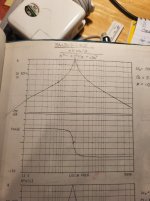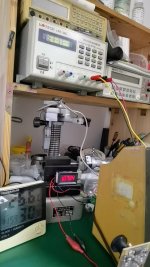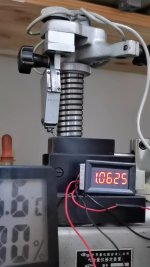rhb
Aluminum
- Joined
- Apr 27, 2019
- Location
- A small town in central Arkansas
@CarbideBob,
Tell us about the gauge amplifier you built. What architecture did you use? What devices? How well did it perform?
You did join this thread because you have built or repaired gauge amplifiers, right?
Tell us about the gauge amplifier you built. What architecture did you use? What devices? How well did it perform?
You did join this thread because you have built or repaired gauge amplifiers, right?




